
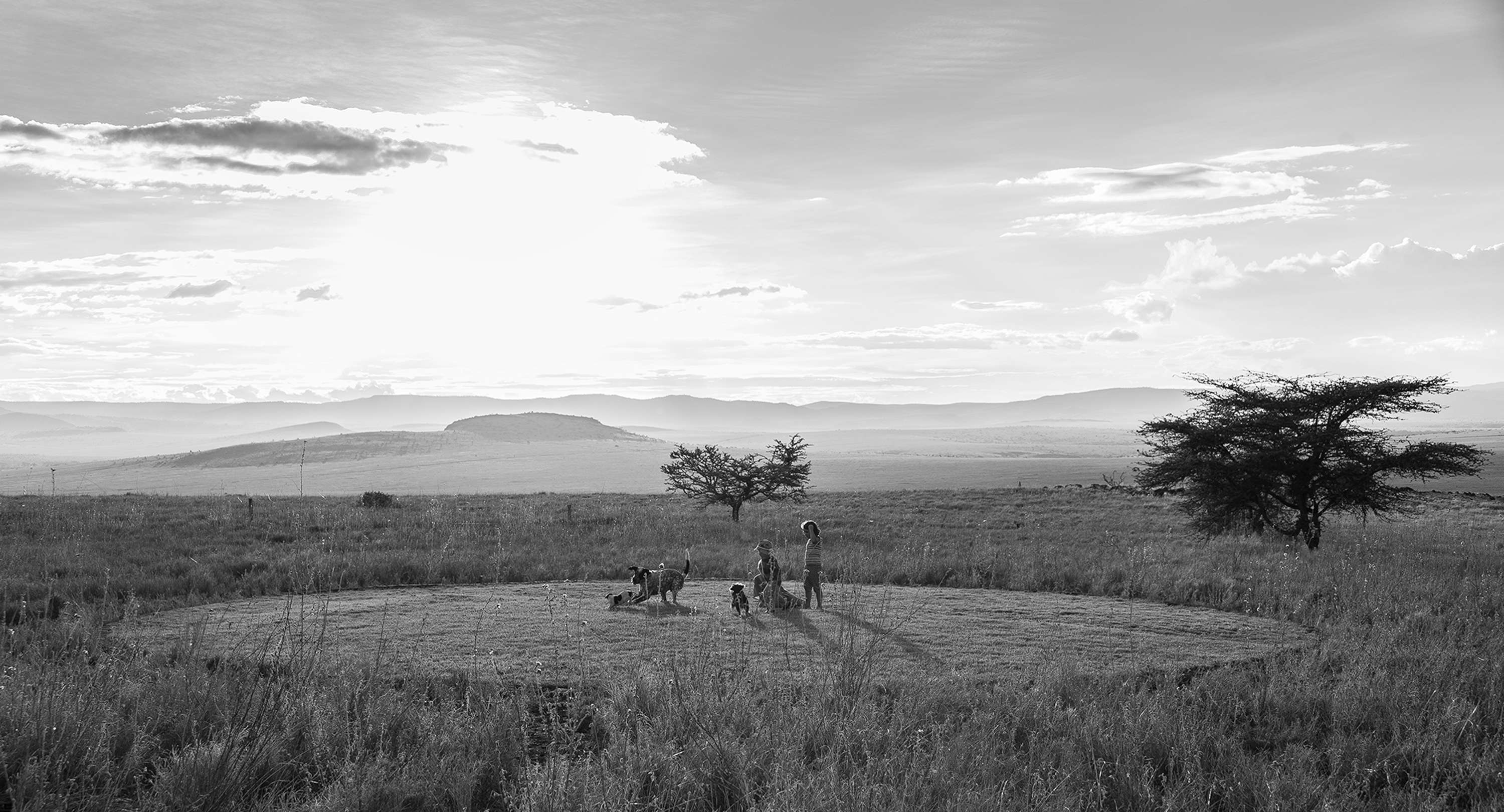
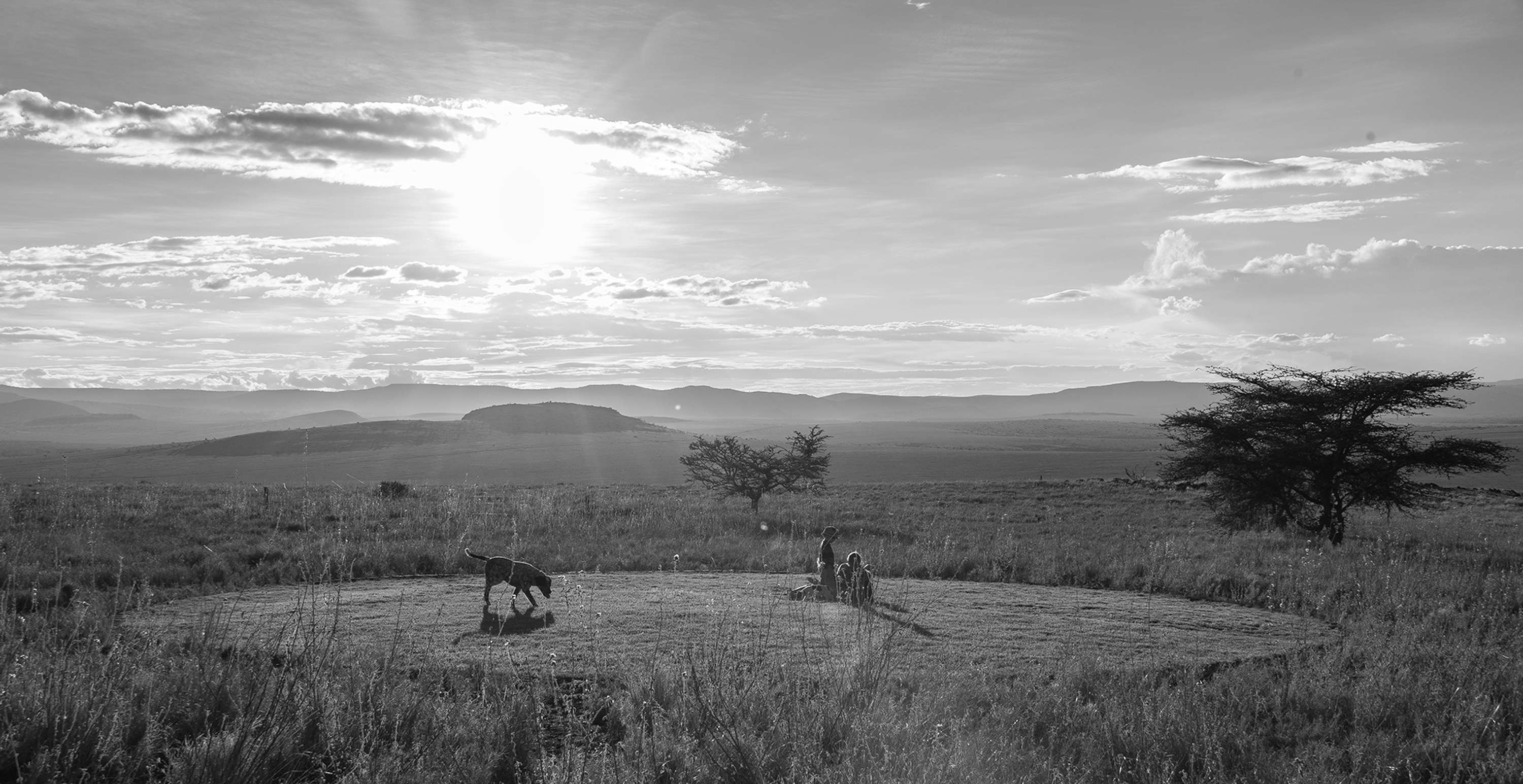
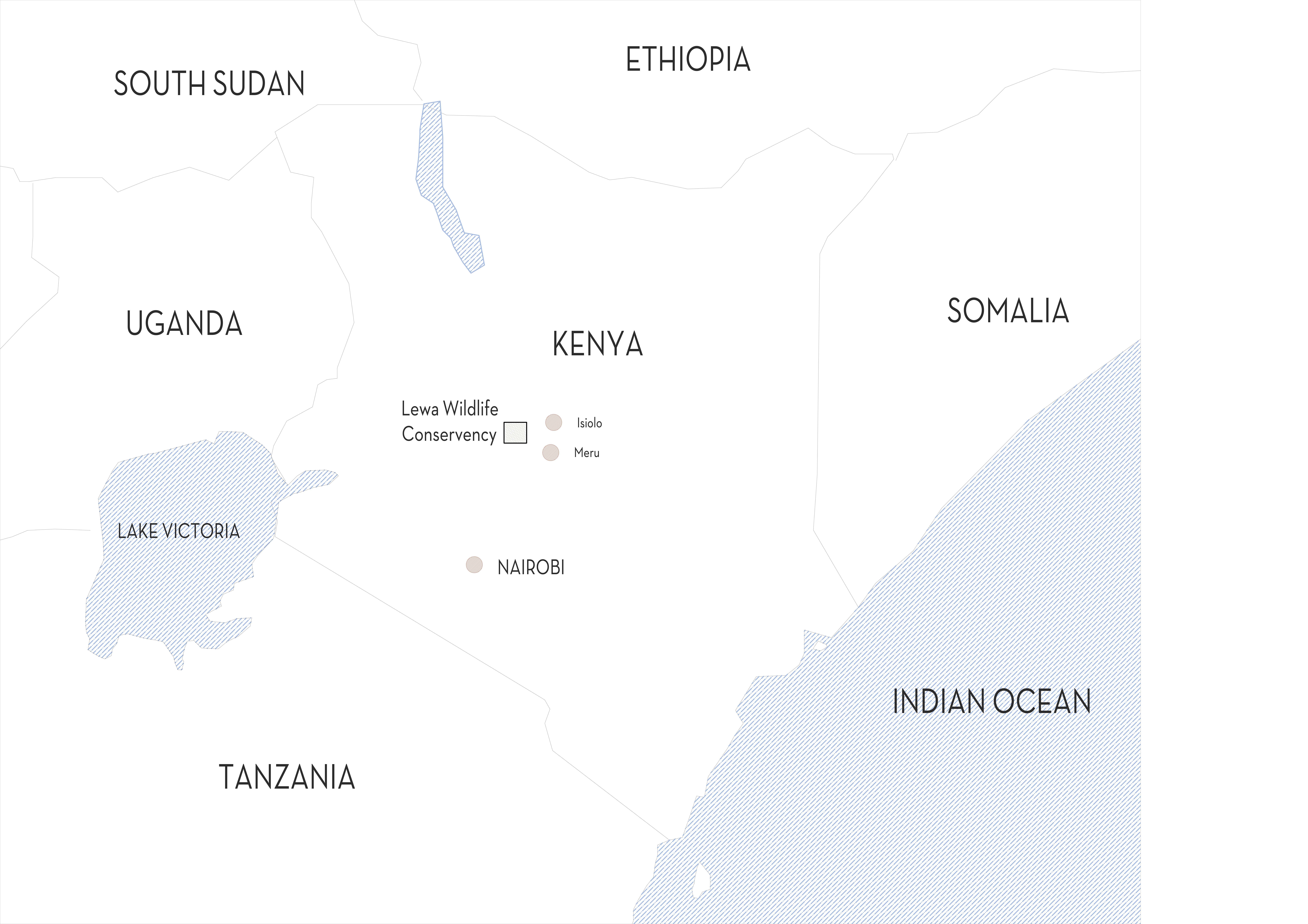
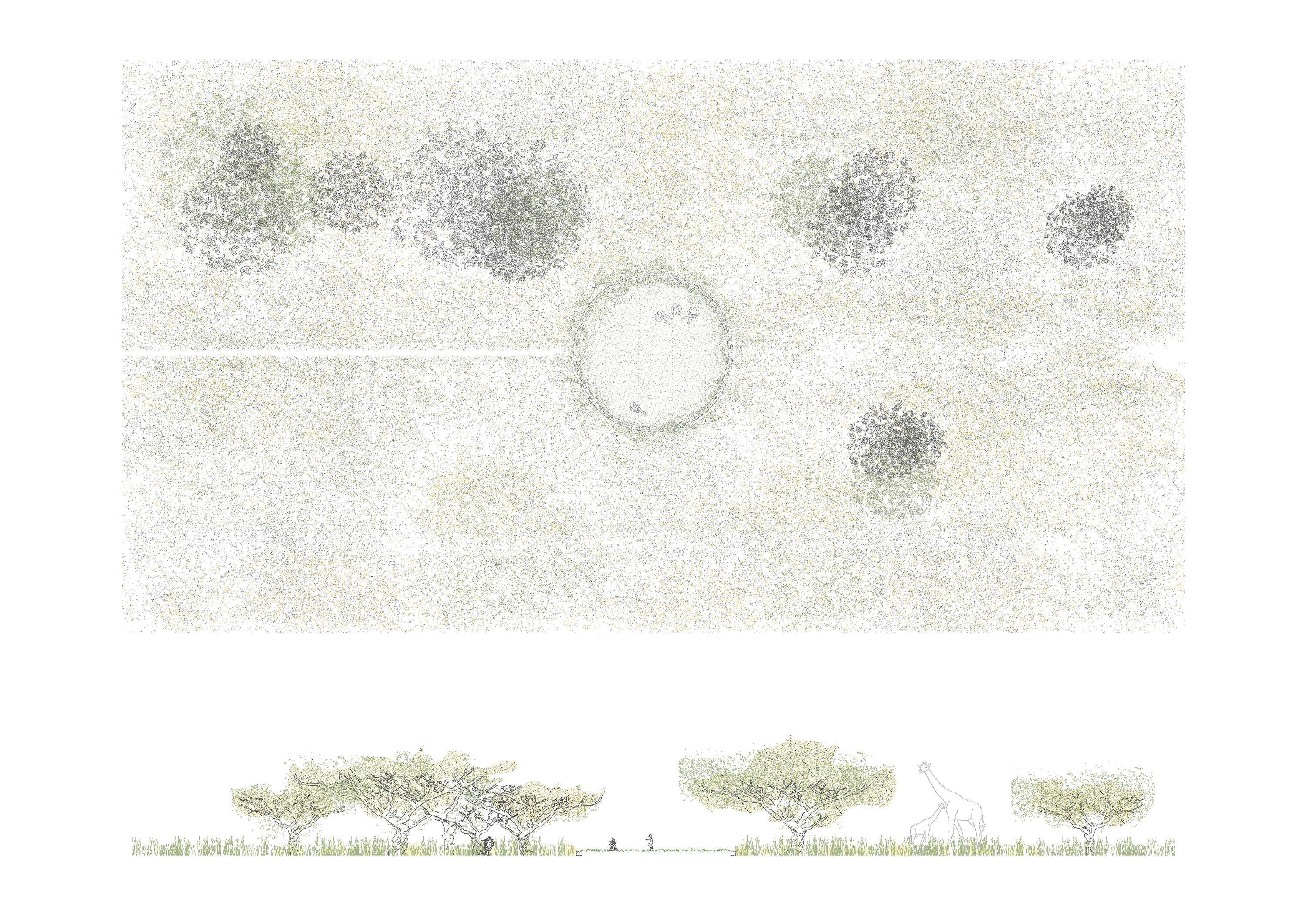

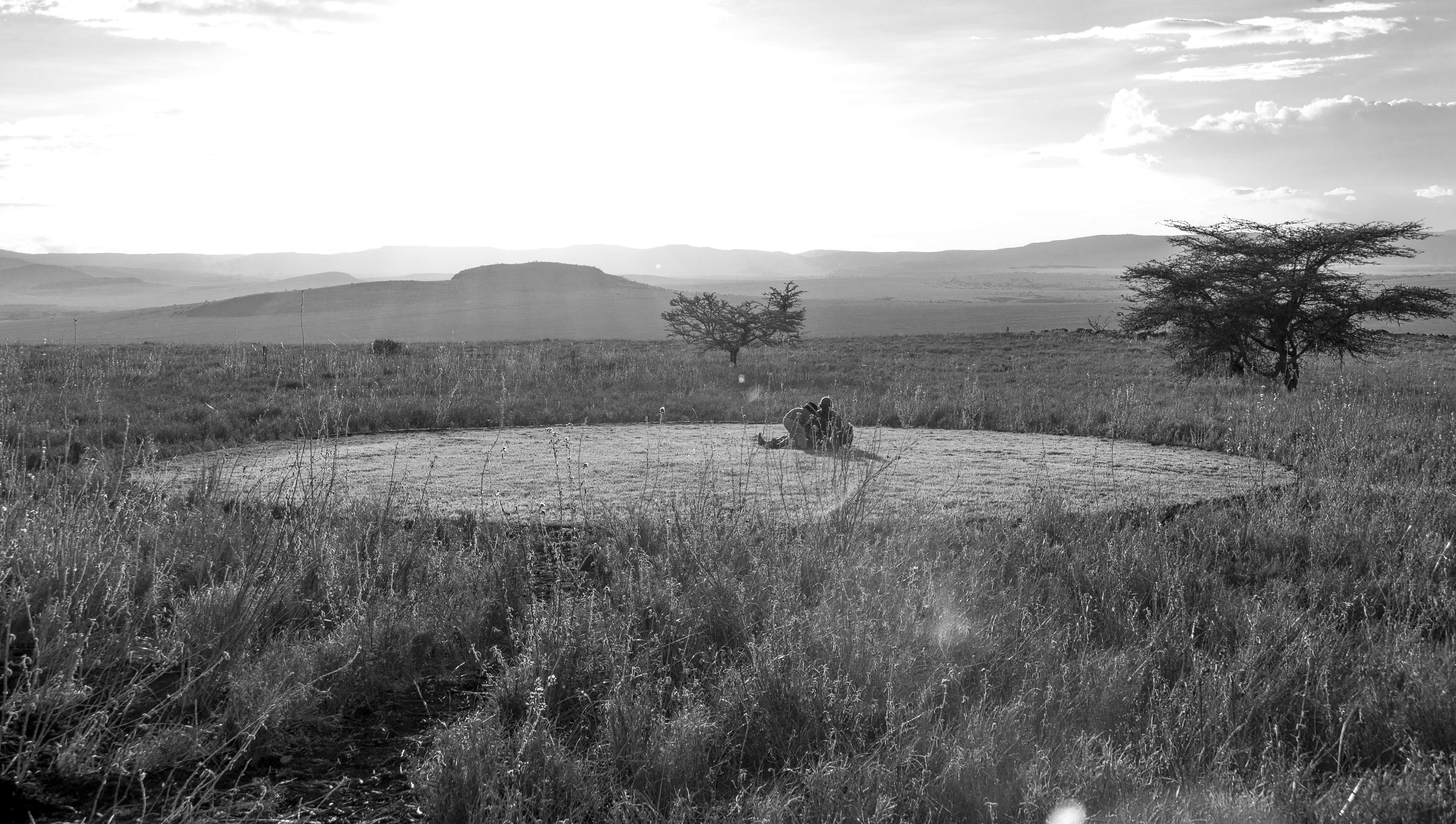

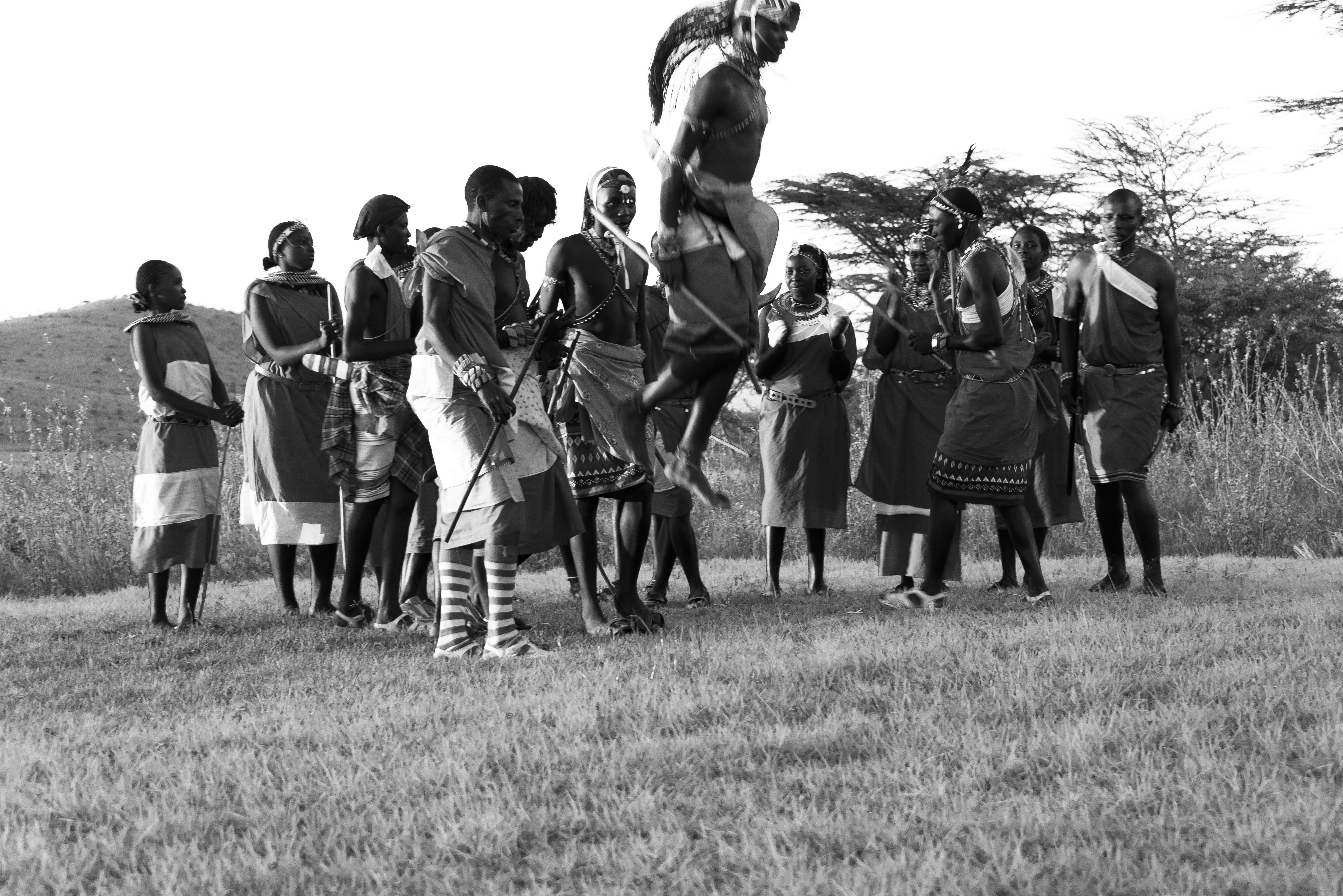
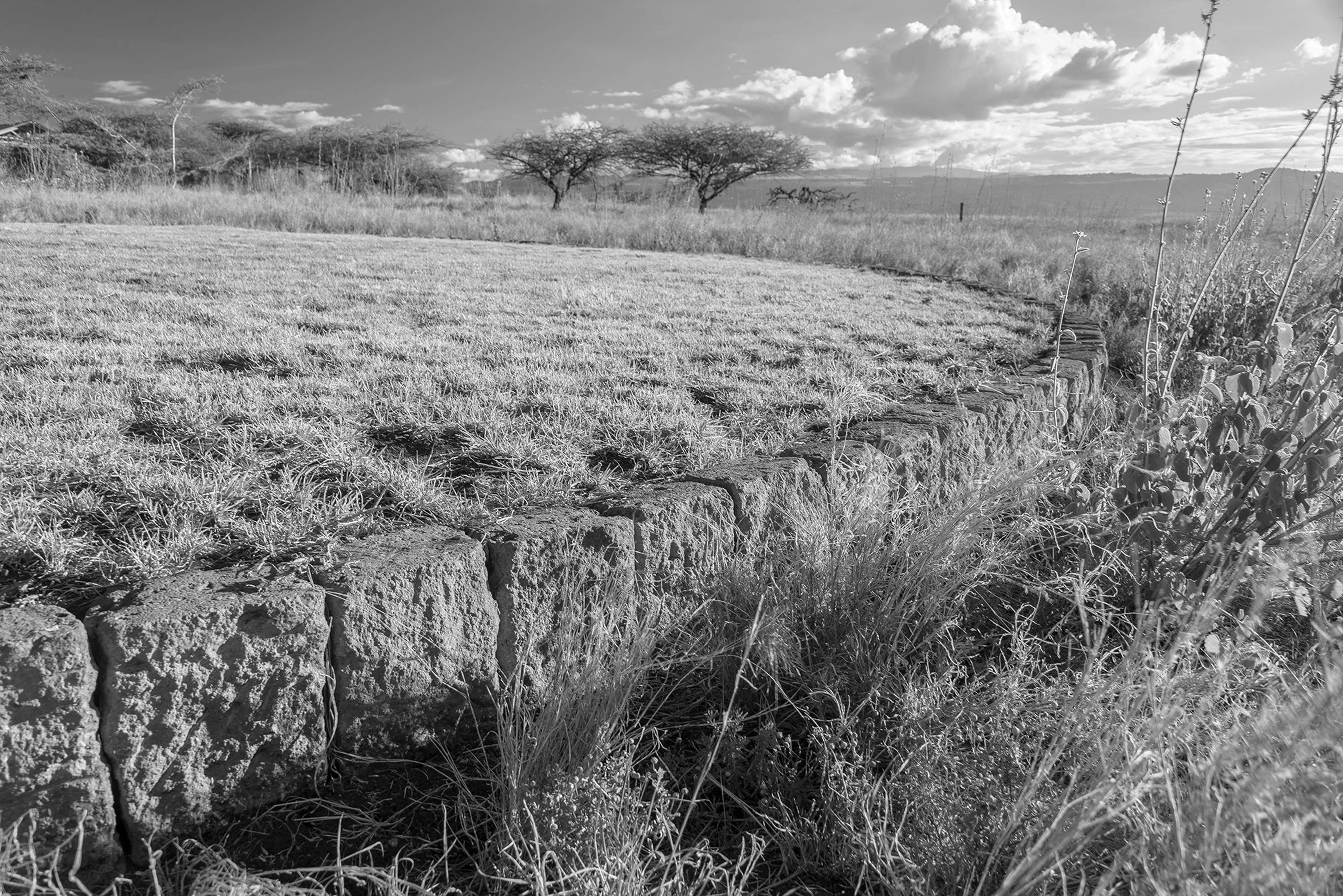
Savannah Circle _ Lewa Wildlife Conservancy
Savannah Circle _ Lewa Wildlife Conservancy
Savannah Circle _ Lewa Wildlife Conservancy
The Lewa Wildlife Conservancy, is a large savannah grassland and acacia forest ecosystem, located in the Laikipia district in Northern Kenya. As an entity, the Conservancy works as a model and catalyst for the conservation of wildlife and its habitat. In 2013 Lewa was awarded recognition as an UNESCO Heritage Site.
The key element of the brief provided by the client was to provide a simple intervention into the extensive protected grasslands at Lewa Wildlife Conservancy that would allow people to closely examine and observe the local and unique flora found within the savannah. The core intention was to educate about the ecosystem. Any intervention needed to be sensitive to the wider landscape and ecosystem and both adults and children need to use the space for educational purposes.
In addition, a grassland trial regeneration plan was proposed in order to enrich the current grassland which through grazing and non burning had reduced in biodiversity being dominated by the tussock grass Pennisetum stramineum and numerous Hibiscus flavifolius. We identified that the dominant grass was really suffering and mostly died back creating an unpalatable grassland for the herbivore savannah species. The soils in this section are vertisol and so in accordance with these fertile but complex soils we designed cluster pockets of a select soil improving and nectar rich plants were planted to see how the condition of the grassland could be improved. These include nitrogen fixers and flowering plants to increase fodder for insects. Success has been good in creating the healing process and we have now observed and increase in Lintona nutans, Chrysopogon plumosus and Brachiaria lachnantha. The observation of the grassland within the project is ongoing with annual field work trips to observe changes.
Scale plays a large role in the simplicity of the design proposal and overall concept. The conservancy itself is 62,000 acres of extensive grassland, scrubland bush and some high altitude forest. Our intervention, which is for human use, needed to be simple enough so as not to compete with the wider landscape, and to be at a human scale. The circle itself is a twenty metre diameter which allows for a group of people to have enough space to lie and observe the grasslands at ground level in a safe way.
The project is built using locally hand quarried stone, so the environmental impact is kept as small as possible. No concrete was used in the construction, hand cut stone bricks were placed into a compacted hardcore base and laterite hand compacted around the stone to ensure stability. Top soil collected from the stormwater runoff from road drains around the conservancy ensured we did not destroy any environment in bringing in the soil to increase the small height of the grass circle (200mm above the existing ground level). This soil was brought carefully by hand into the site to reduce damage to the surrounding grasslands. All materials, construction methods and labour were as local as possible to reduce the carbon footprint impact of the project. Drought resistant local creeping grasses were planted within the circle. These grass is maintained short but no irrigation is used on the project so the circle grass also browns and greens according to the rainy and dry seasons, adding to the sense of seasonality of the subtle changes within the grasslands.
A key design decision was to allow the short grass within the circle to be soft to the touch and so adults and children feel safe and comfortable sitting and/ or lying down within the circle; allowing visitors to come down to the level of the grasses and to be able to observe the taller wildlife which wonder past as well as the small insects and ants. Of particular fascination is watching the harvester ants working way just on the surface of the soil. It also works very well as a subtle hide as if one lies low and quiet on the edge of the circle larger savannah animals come by undetected. This way guests are able to see giraffe and antelope from within the landscape and from a new perspective.
Crucially the space allows one to be able to observe the grasses and herbaceous perennials which make up the rich and unique ecosystem.
